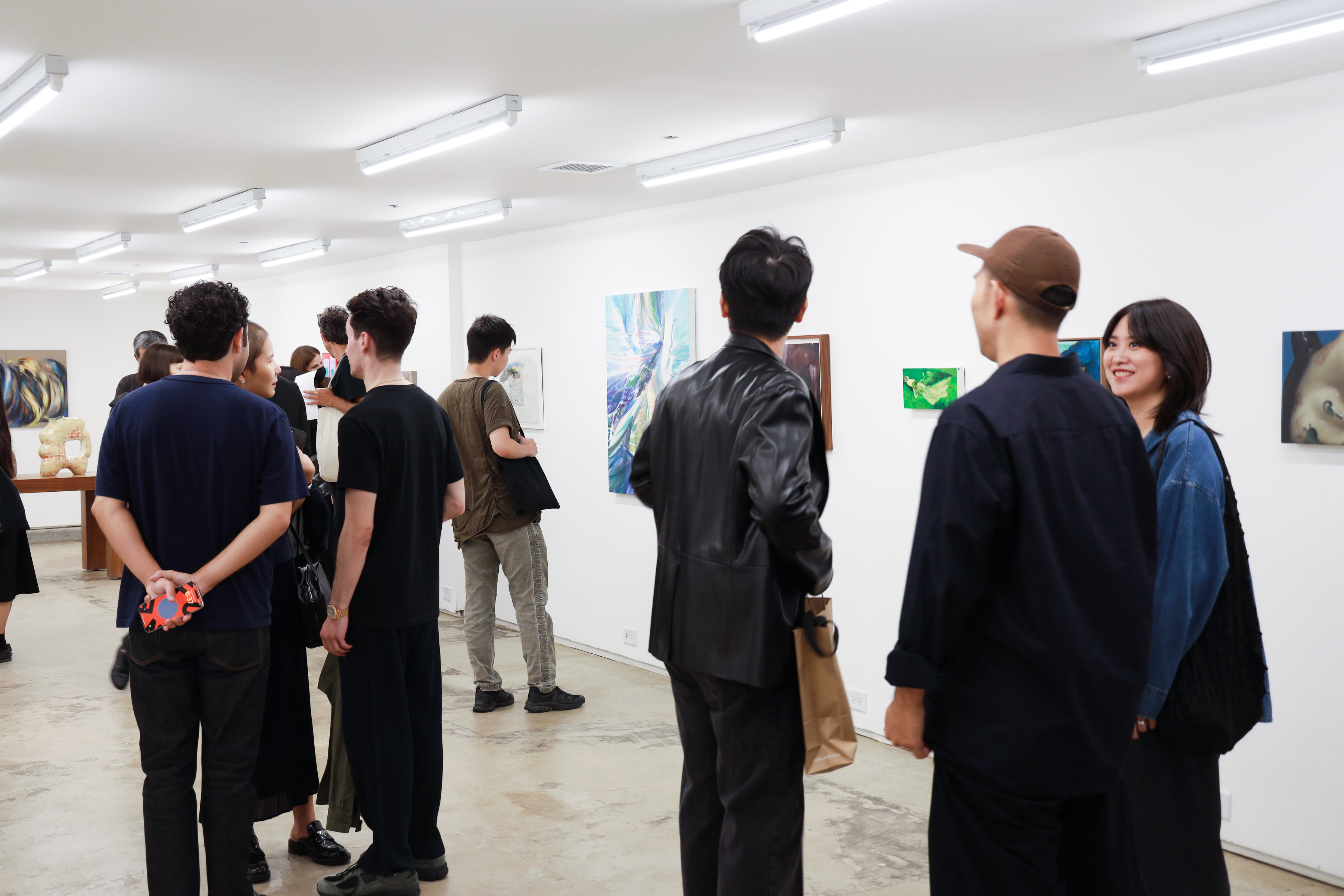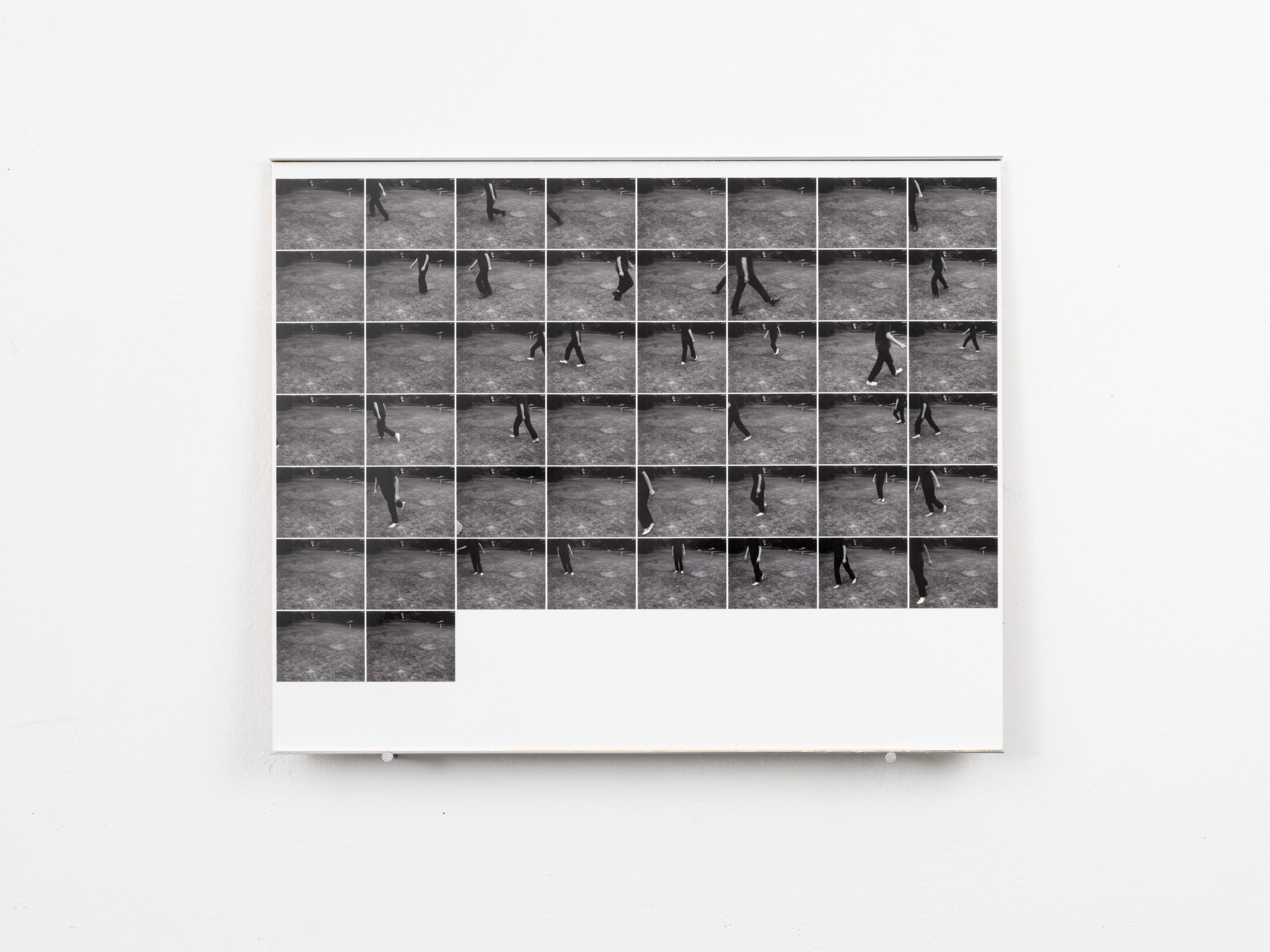Imani Christopher’s award-winning film, ‘Take Care’, is a thought-provoking narrative following Maya, played by Christopher herself, and Kavi, played by Ary Satish, as they navigate a turbulent patch in their relationship. Kavi, a young actor, is beginning to taste success, while Maya, his fiancee and “muse”, feels left behind and largely ignored. In only fifteen minutes, Christopher packs in the details that, for me (and perhaps also her viewers), ask the question: “Does a muse reflect itself or the artist?”


AB: You’ve recently directed and starred in ‘Take Care’, a short film. What is it about and what themes are you most keen to express?
IC: I was trying to explore themes of contentment and confinement. I think that in long-term relationships, hopefully, love is there, happiness is there, but things can often get complicated. I wanted to explore the idea of neither person in this relationship being the villain, but instead the villain being discontentment. There’s nothing really wrong with their lives, nothing major going on between them, and no infidelity between them, but discontentment is present.
As Christopher suggests, Maya and Kavi seem to have it all, however, they're confined by their separate interpretations of their relationship. The action is limited to a singular apartment, a decision which could be interpreted as a metaphor for intimacy, or, more specifically, their confinement within it. The couple seem initially unaware of their imperfect side, but when Kavi delivers some unexpected news, threatening to break away from the containment of the apartment, Maya is understandably upset. “It doesn’t feel like we live together,” she says, suddenly bringing to light the significance of the myriad of little miscommunications and missteps that had preceded. Kavi doesn’t seem to understand that this circumstance is not an isolated event, but potentially a symptom of a wider problem. While Kavi looks beyond the four walls of the apartment (his description of Maya as his 'good luck charm' emphasises his view that his relationship exists to support his wider life, rather than the other way around), Maya is more inward looking. She spends a lot of time in the apartment, furnishing it and making it a home. The bigger picture falls to the wayside, and this is perhaps influenced by the minute attention to detail Christopher has paid to ‘Take Care’, through her deep level of involvement in its production.
AB: You were involved with almost every level of the creation of this film, from writing to directing, starring, and producing. How did your creative process change through taking on these different roles?
IC: It’s hard to put my finger on it. What’s different is that usually, if I come onto set and I’ve just got one job, I do that job and then check out. I’m still being helpful and part of the crew, but if I’m writing, I hand the script over, and then I’m done. Or if I’m directing, it’s just between the actors and the camera crew. But with this, there was never a moment of downtime or even being able to look at it objectively. It's very hard when I’m watching it back, even just between takes. It’s my face, and my voice, and instead of asking, ‘Is this actor capturing the essence of the character?’, I’m asking, ‘Am I capturing the essence of the character?’. It was challenging, there wasn’t a moment that I felt that I had great perspective. I couldn’t tell if it was good or bad.
AB: In such a short film, every creative decision you make has an impact and importance. I was really struck by your use of setting: during their argument, Maya and Kavi move through an apartment that is empty almost to the point of being clinical, for example. Can you talk me through some of your most significant creative choices?
IC: We were lucky to have a really amazing location but we had a challenge trying to figure out how to move about in the space. The apartment we used was much bigger than it appears in the film, but the challenge was that you would only know that if you were physically in that space. If you start on the couch and then go into one of the other rooms, you can’t really tell where you are, it's just lots of weird jumps. So we needed to keep it from room to room with really spare, natural settings so that what's happening between the couple is what really gets your attention.
The whole thing was very much choreographed. Our rehearsals weren’t just about the acting, they were also about the movement because we needed to be able to feel the push and pull. If we’re going back to the same room, something has to be different. Nothing huge happens, so if we come back to the kitchen, the stakes have to be raised. We have to be in a different place in the argument and in this relationship.

For many viewers, the movement of the characters through the apartment is one of the most striking images in ‘Take Care’. As Christopher points out, each new room points to a new stage in their relationship, and also in many ways to a more heart-felt self-examination. When the conflict first starts, Maya moves to the bedroom, where she swaps her dress for pyjamas. This movement to more intimate surroundings and clothing could symbolise an unmasking, allowing the couple to discuss what they are truly thinking and feeling. Maya’s agency in instigating this change by moving deeper into the heart of the apartment and, symbolically, relationship, proves that she is more than just Kavi’s “good luck charm”- she is a participant in this relationship in her own right. However, this agency is called into question when they move back into the kitchen and the film climaxes with the dialogue below.
KAVI- "You’re my greatest inspiration."
MAYA- "No, I’m your muse."
KAVI- "Baby, that’s the same thing."
MAYA- "Does a muse reflect itself, or the artist?"
AB: I feel that this section of dialogue really stands out. What do you feel is the answer to Maya’s question? How does this apply to Maya and Kavi’s relationship?
IC: A muse definitely reflects the artist more than themself. They will always be associated with what someone else makes and thinks.
The relationship between artist and muse is one that can benefit both people, but they don’t necessarily have equal power in the relationship. They aren’t collaborators.
A muse inspires an artist and pushes them forwards, but they’re also a resource that’s being drawn from. The muse doesn’t usually gain much except status. With Maya and Kavi it’s very similar- she’s getting the high-end lifestyle but she’s not necessarily getting what she needs.
It is for the viewer to decide if this is the crux of ‘Take Care’, though I believe it is. In Maya’s (unanswered) question, the viewer is, for a second, removed from their immersion in the film. The camera focuses solely on Maya, and the viewer must question with her, not just the abstract concept, but its answer in the context of the relationship portrayed. Could Maya, the muse, exist as a reflection of Kavi? Whether this is an accurate reflection of the relationship or one born from Maya’s deeper discontent, it is a question for the viewer to contemplate. Beyond her career as a florist, we know very little about Maya’s life outside of this apartment. Kavi, on the other hand, is on an upward trajectory. Just as he moves from place to place within the apartment, it is clear he has built himself up to a high-flying career as an actor. Is it possible that in allowing herself to take up the role of Kavi’s muse, Maya has chosen to overlook her life outside the relationship? This act could be suffocating not just for Maya, but for Kavi too. When he says: “I’m on a big wave right now. I can’t just put that aside because sometimes you feel a little lonely,” it could reflect the selfishness of either one of the couple, or both. Even visually, as Christopher expresses, this difference is alluded to.
AB: Could you tell me more about the visual choices you made to portray this couple?
IC: We had a lot of mirroring. Near the end, when they’re fighting in the kitchen, you’ll notice that Maya is facing the camera and Kavi is facing away, and then in the bathroom scene, they switch. It’s showing that they’re just out of step. Even when they go to bed, he turns away from her and she turns towards him. Little things like that were very intentional.

While the mirroring created by ‘Take Care’'s choreography suggests progress for Kavi, it doesn’t really go anywhere when it comes to Maya. While Kavi looks outwards, or, admittedly, at himself, Maya looks towards him. When they fall asleep, Maya is placated by Kavi’s assertion that “We’re gonna sort this out,” despite his lack of a plan of how to do so. In this, the final scene, it appears that all is well. Maya and Kavi have returned to the sense of intimacy they lost when they first entered the apartment. Their relationship and their experience of intimacy has come full-circle, and yet nothing is quite resolved. It prompts the viewer to ask a final question: can this relationship survive long-term, or will they just keep, as it were, circling their apartment without ever moving forwards, but also without ever sitting still to enjoy the space they have created?
AB: ‘Take Care’ is a phrase that suggests finality, or a goodbye, yet the film has a cyclical structure ending in much the same place as it starts. Can you explain how you came to this title?
IC: The title was with me for a while. By the time I had the first draft, it was the only title idea, so it had to work. I wanted there to be ambiguity for sure, but I definitely meant it as an admonishment to the couple. A lot of what we see is them not being careful with each other’s feelings, and not taking into account how the other person feels because it’s so opposed to how they feel in the moment. If you let the small things get in between, you won’t really have anything left to care for.
Whether Kavi and Maya will have anything left to care for is a question best left up to the viewer. Perhaps it is a question the viewer could ask more widely- could Maya and Kavi represent a microcosm of all relationships? They represent the fundamental difference in perspective that comes with being two separate people, and the inequality that can arise as a result. This inequality may or may not be inevitable, but that isn’t to say that Kavi and Maya’s misalignment is also their ending. As Christopher points out, all they really need to do is ‘Take Care’.

Imani Christopher is an award-winning filmmaker and poet based in Brooklyn, New York. Her narrative film work centers on the identities and rich inner worlds of characters of color. You can find more of her writing in Lucky Jefferson, Sweet Tree Review, and elsewhere. Her film, 'Take Care' premiered at the Blackbird Film Festival in April, the Big Apple Film Festival in May, and the Manhattan Film Festival in June of 2023. It will soon be available for viewing online, so stay tuned for updates!
Starring Imani Christopher as "Maya Alden" & Ary Satish as "Kavi Seghal"
Directors Imani Christopher & Jabu Ndlovu
Writer Imani Christopher
Producers Imani Christopher, Ary Satish, & Jabu Ndlovu
DP Lydia Erickson & Willis Zetter
Film Edit Nora Josephine
Gaffer Kyle Schmidt
Grip Paul Jung
AD Melanie Rosete
PA Sergio Perez-Hernandez & André Salkin
Sound Noah Fabie
Music Casper
BTS Mae Eskenazi
-----------------------------
Connect with Imani Christopher on: Instagram
Connect with Ary Satish on: Instagram






